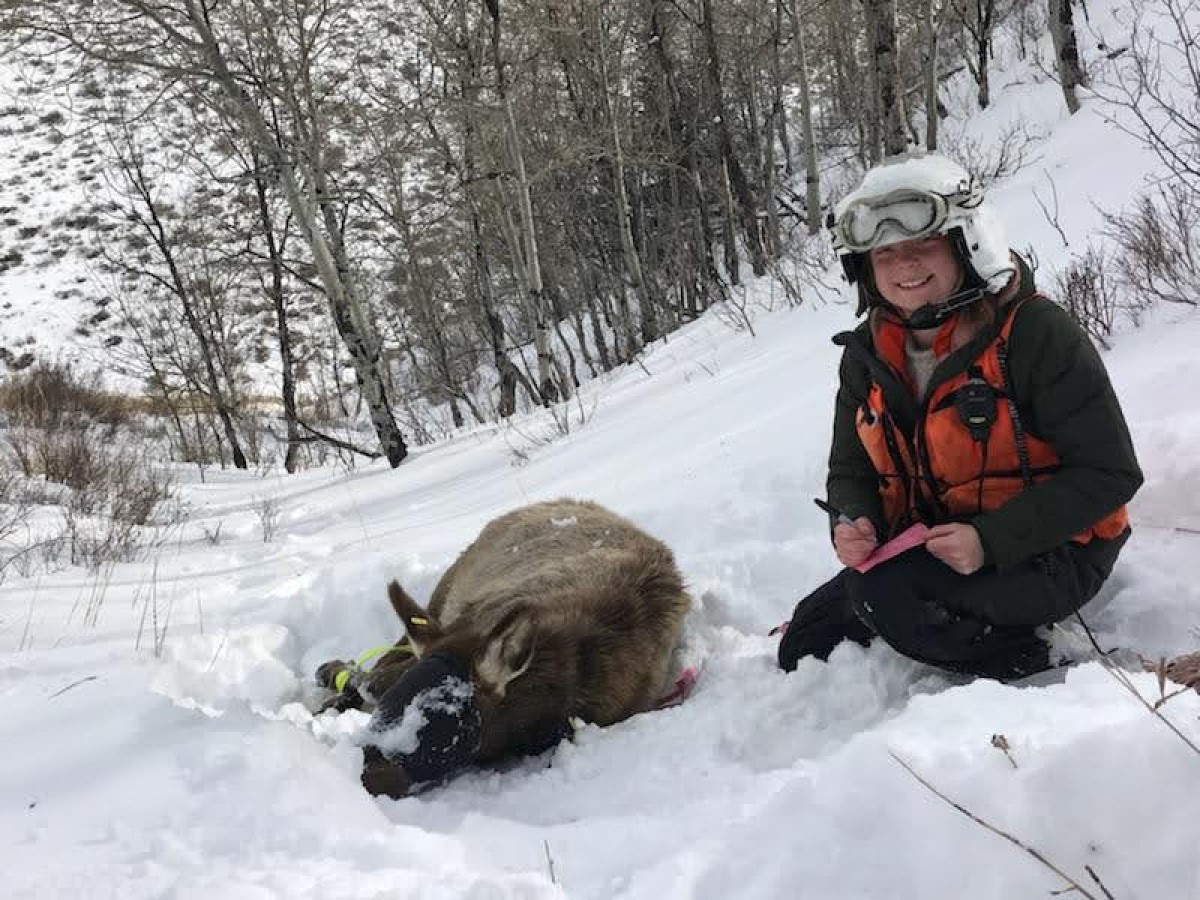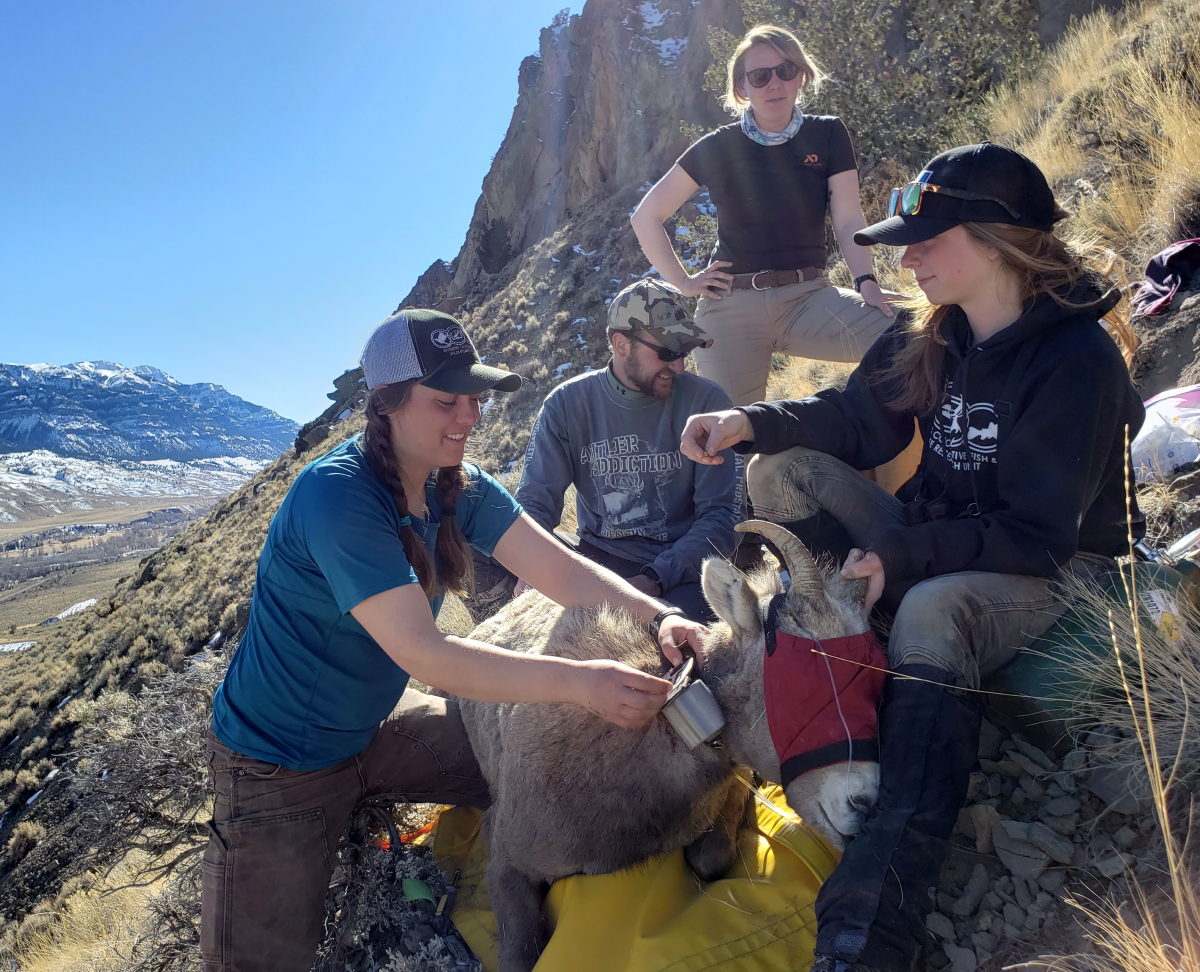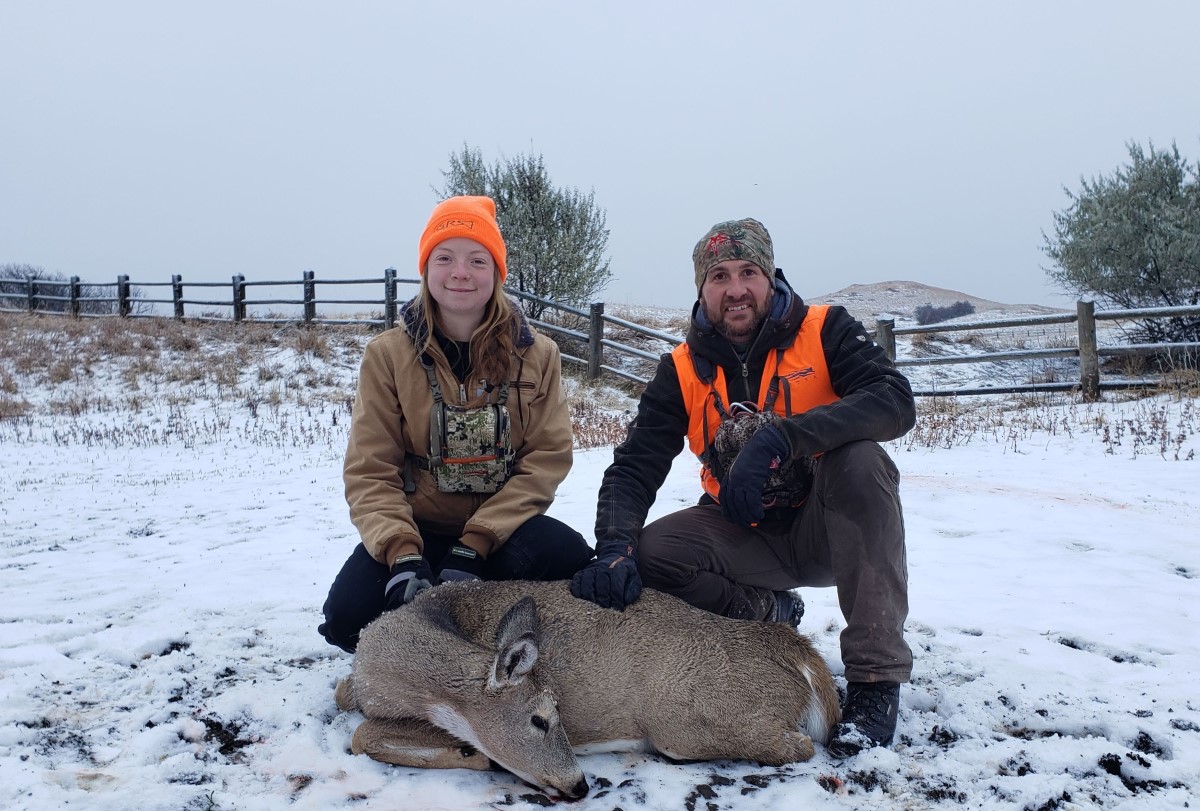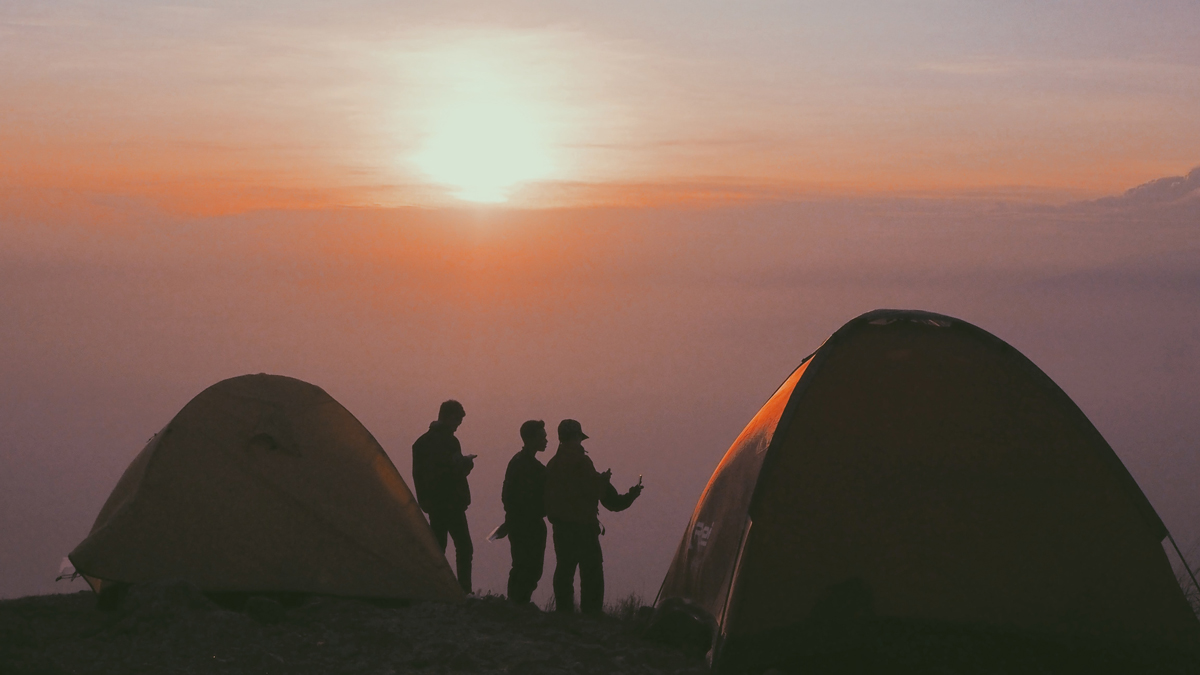Latino residents of Colorado with varying levels of experience and interest in hunting gathered with Colorado Parks and Wildlife and conservation organizations to help explore ways to better recruit, retain, and reactivate diverse sportsmen and sportswomen—the future of conservation
Our work at the TRCP is grounded in partnership and the goal of uniting and amplifying the voices of sportsmen and sportswomen who share a commitment to the future of America’s legacy of conservation, habitat, and access.
In that spirit, this spring we worked with Colorado Parks and Wildlife as well as a Colorado-based nonprofit consultancy, the Meridian Institute, to host a stakeholder roundtable of Latino hunters and conservationists with the aim of better understanding how state fish and game agencies can more effectively engage with this growing community.
The Future of Hunting and Fishing
As one of the top three fastest growing populations in the United States, the Latino community has an important role to play in the future of our country’s hunting and conservation traditions. This is especially true in Colorado, where the Latino population is expected to grow from 20 percent to 33 percent in the next 20 years, and 77.2 percent of those individuals are native-born Coloradans. Nationwide, Latinos indicate that they regularly participate in outdoor activities: 77 percent hike, 46 percent camp and 33 percent hunt and fish. Latinos polled in Western states also strongly support conservation:
- 96 percent agree that we should fund modernizing water infrastructure and restoring natural areas for drought resiliency.
- 93 percent support the creation of new national parks, monuments, wildlife refuges and tribal protected areas.
- 93 percent agree that despite state budget shortfalls we should fund the protection of state land, water and wildlife.
- 83 percent support a national goal of conserving 30 percent of lands and water by 2030.
- 71 percent agree that Western wildfires have increased urgency.
These shared conservation values were central to the roundtable’s work. Participants had diverse backgrounds and levels of experience with hunting, ranging from lifelong, multi-generational hunters to participants with an interest in becoming a hunter but who face systemic barriers as they try to enter into the hunting community. The roundtable discussions were informed by an assessment by TRCP of retention, recruitment, and reactivation (R3) programs in several states: Colorado, Texas, Florida, and South Carolina.
The goals of these convenings were to identify opportunities, challenges, and tangible recommendations for how CPW and other state wildlife agencies can enhance its current engagement efforts to effectively engage the Latino communities.
The two roundtable convenings allowed for open dialogue between CPW and Latino hunters, providing an opportunity for each to learn more about the other, exchange information about conservation and recruitment efforts on both sides, and discuss how sportsmen and sportswomen from Latino and non-Latino communities can come together to better support conservation.
What We Learned
The Latino Hunter Roundtable provided CPW with several recommendations:
- Ensure that the agency has greater transparency surrounding the license draw process, why regulations exist, and how the collection of demographic data will assist the agency in designing inclusive engagement programs.
- Continue the translation of hunting regulations and its website into various languages, as they have done with the fishing regulations. Translation of pertinent information also communicates to the community an openness that they are welcome to participate in that space.
- Celebrate and share stories of Latino hunters, as well as other demographics, so there is a larger awareness of participation and knowledge of hunting conservation in diverse communities.
Additional recommendations from the Roundtable are being collated into a toolkit that can be utilized by CPW and other state wildlife agencies to recruit, retain, and reactivate new audiences into hunting and conservation. The toolkit will be presented to state wildlife agencies, at national meetings and made available over the summer and fall.
The TRCP and CPW understand that conservation works best when we work together. To ensure that conservation, hunting, and angling stay relevant to future generations, it is critical that we continue to mentor family, friends, and neighbors in ways that resonate with them. Hunting has long been about community and shared experiences in the field, around a fire, or at the dinner table, and together we will continue to guarantee that all Americans have quality places to hunt and fish.
Top photo by Tim Donovan










